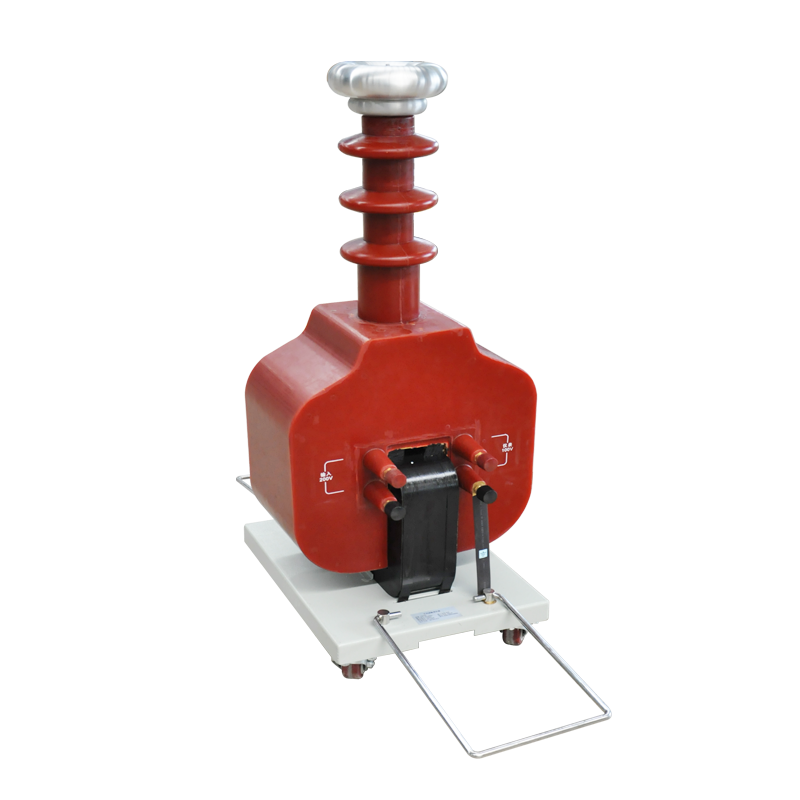1. In recent years, dry-type transformer accidents have occurred frequently. From the analysis of dry-type transformer accidents, short-circuit damage has become the main cause of power dry-type transformer accidents, causing great harm to the power grid and seriously affecting the safe operation of the power grid. This paper classifies and analyzes the damage accidents caused by external short circuits of the power dry-type transformers of Shanghai Electric Power Company in the past ten years, and proposes existing problems in the selection of electromagnetic coils and measures to reduce such accidents.
2. Dry-type transformer short-circuit accidents From January 2010 to May 2022, a total of 17 dry-type transformer short-circuit damage accidents occurred in Shanghai Power Grid, accounting for 77.3% of the total damage accidents. It is the main cause of dry-type transformer short-circuit damage. damaged, with a total capacity of 2,750 MW. Among them, there are 2 500kV units, 13 220kV units and 2 110kV units. The 220kV and 110kV sets had to be replaced due to severe deformation of the low-voltage coils. During the transformation of the dry-type transformer, it was found that four sets of 220kV low-voltage windings were deformed, and two sets of 500kV windings showed signs of deformation during operation. Especially since 2011, dry-type transformer damage accidents have been on the rise, and the scope of accidents has continued to expand. The main forms of accidents are:

1) After multiple external short-circuit impacts, the coil deformation gradually becomes serious, and insulation breakdown damage becomes more frequent;
2) The appearance is frequently damaged by short-circuit impacts in a short period of time;
3) Long-term short-circuit impact damage;
4) Short-term short-circuit impact damage.
3. The main forms of short-circuit damage to dry-type transformers:
3.1 Axial instability: This damage is mainly caused by the axial electromagnetic force generated by radial magnetic leakage, causing axial deformation and winding of the dry-type transformer. Such accidents accounted for 52.9% of the total damage accidents.
3.1.1 Up and down bending deformation of the winding coil: This damage is due to the permanent deformation of the coil between the two axial spacers due to excessive bending moment under the action of axial electromagnetic force. Typically, the deformation between the two winding coils is symmetrical.
3.1.2 Winding or coil collapse. This damage is caused by the wires extruding or colliding with each other under the action of axial force, causing oblique deformation. If the wire is slightly tilted, the axial force will increase the tilt, and in severe cases, it will collapse; the larger the aspect ratio of the wire, the easier it is to cause collapse. In addition to the axial component, the leakage magnetic field at the end also has a radial component. The combined electromagnetic force generated by magnetic flux leakage in both directions causes the inner winding wire to rotate inward and the outer winding to rotate outward.
3.1.3 When the winding stress increases, the pressure plate will spread out. This damage is usually caused by excessive axial force, insufficient strength and stiffness of the end supports, or assembly defects.
3.2 Radial instability: This type of damage is mainly due to the radial electromagnetic force generated by axial magnetic leakage, which causes radial deformation of the dry-type transformer windings, accounting for 41.2% of the total number of damage accidents.
3.2.1 Insulation damage caused by elongation of the outer winding. The radial electromagnetic force attempts to make the diameter of the outer winding larger. When the tensile stress acting on the wire is too high, permanent deformation will occur. This deformation often results in short circuits between turns due to damaged wire insulation. In severe cases, the coil may malfunction, collapse or even break.
However, due to the compression deformation of the core and the different support methods of the pillars, the stress along the circumference of the winding is uneven, resulting in local instability and buckling deformation of the coil.
3.3 The wires are not fixed stably: This kind of damage is mainly due to the electromagnetic force between the wires, which causes the wires to vibrate and short circuit between the wires.
Post time: Sep-28-2023
